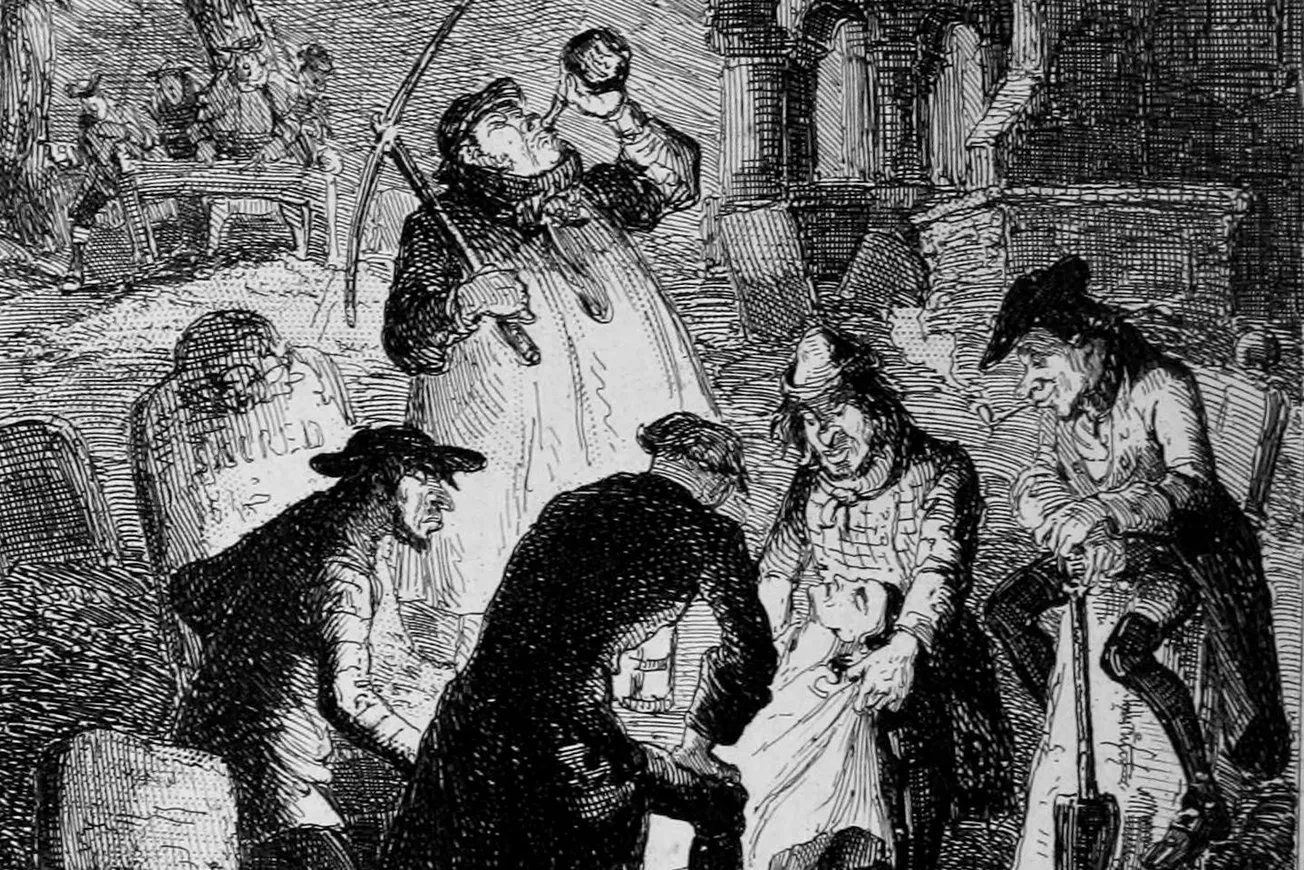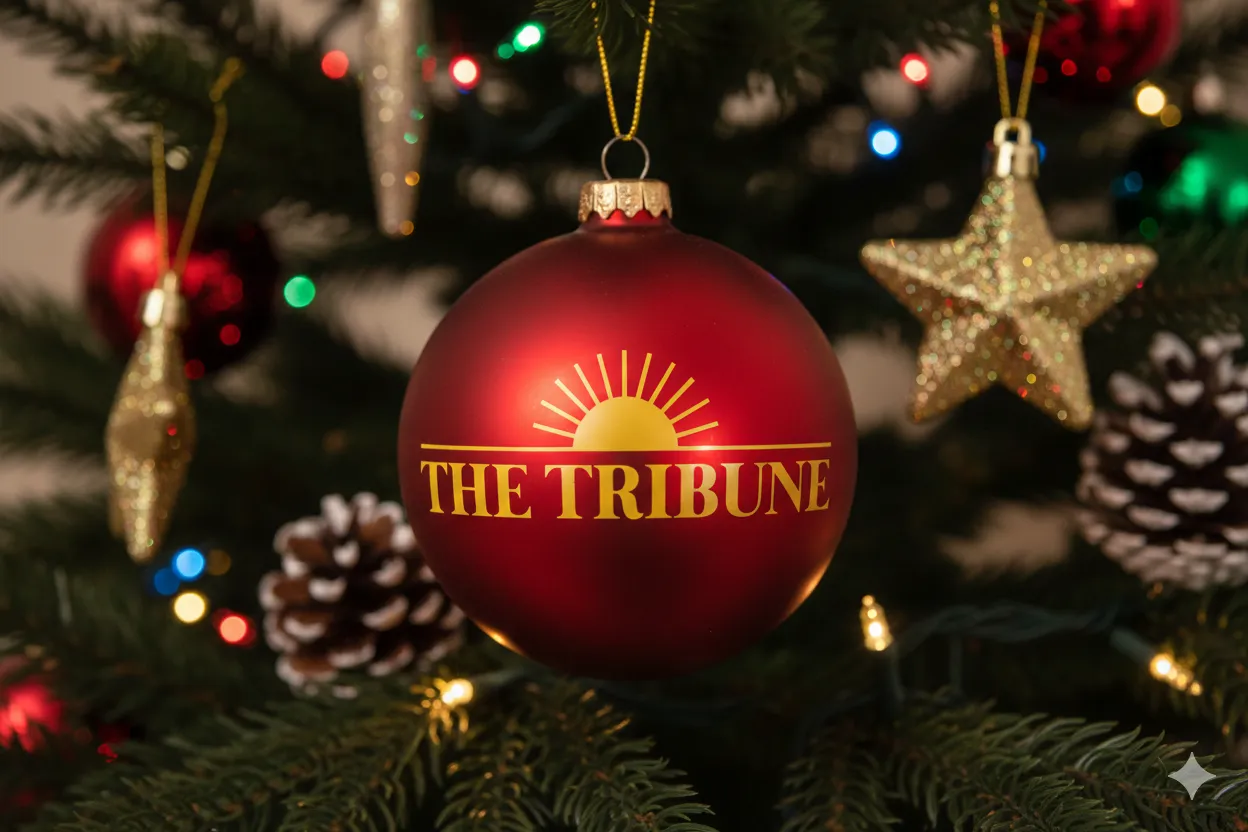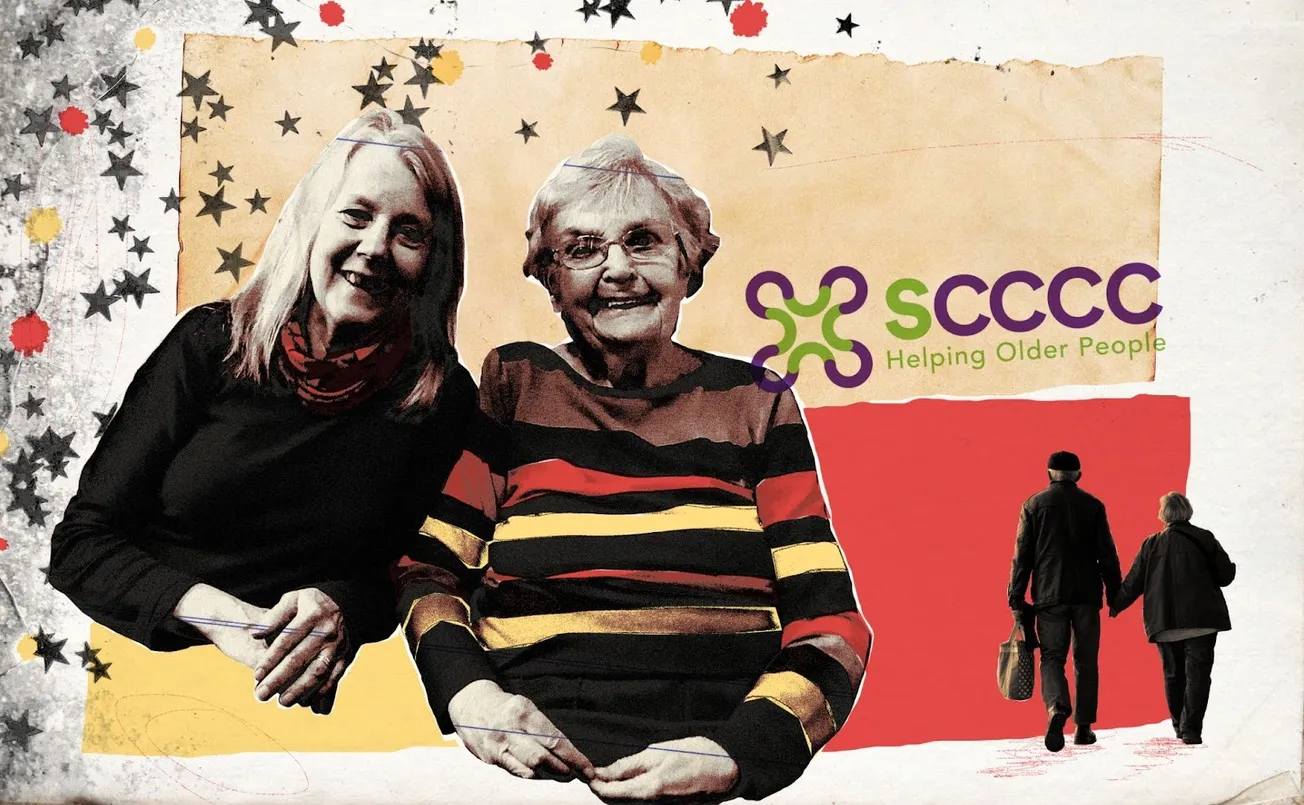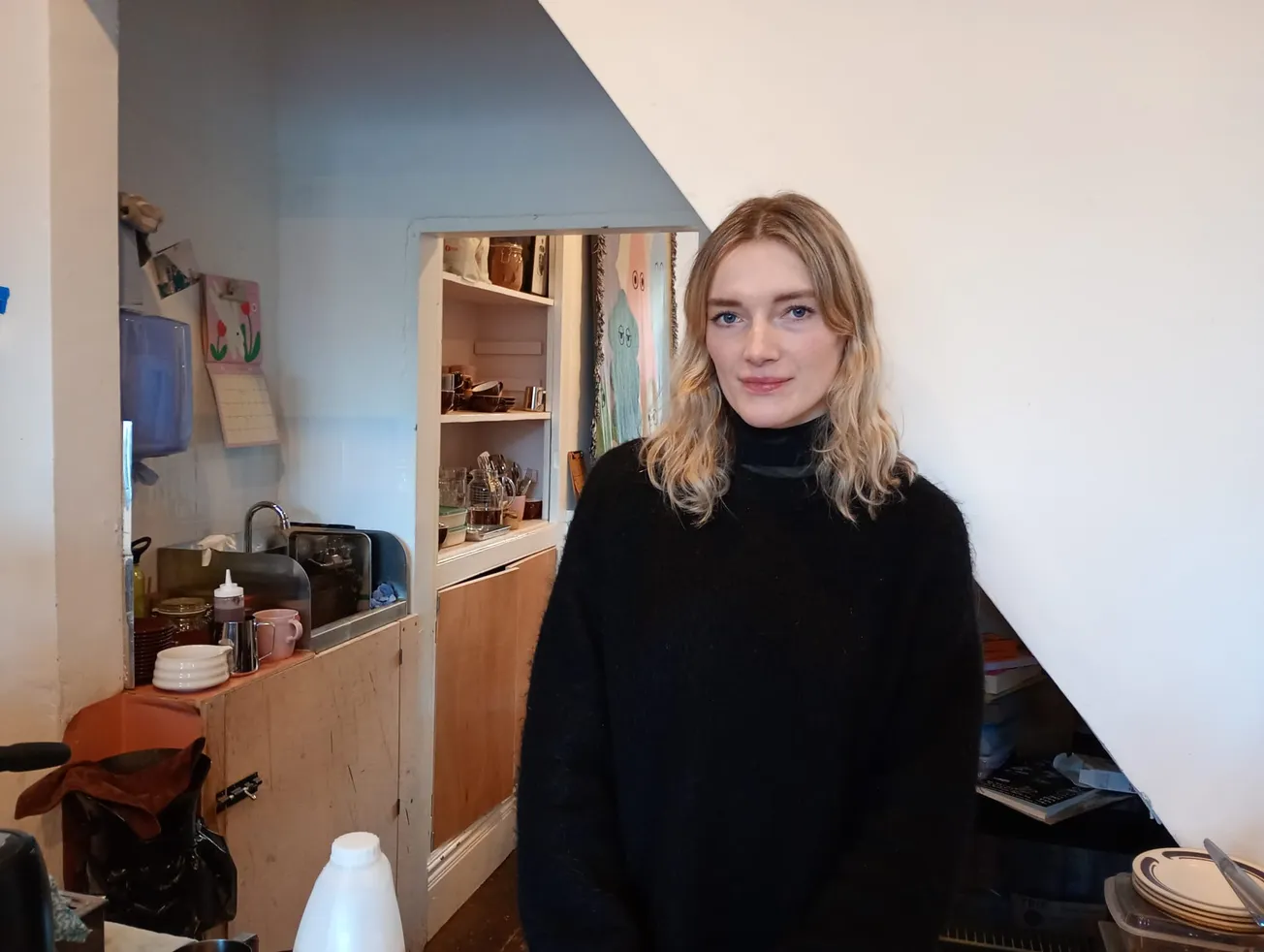An otherwise peaceful Sunday morning in January 1835 was shattered by a piercing scream. It was quickly followed by a hoarse voice shouting “murder”, which prompted the residents of Sheffield to poke their heads out of the window and stand at their doors. They followed the noise and commotion to Eyre Street, where a woman, half-strangled and just about alive with a reddened and raw neck, lay in the street. Her proximity to the Anatomical School told the residents of Sheffield everything they believed they needed to know. This was an attempted murder for money — not for anything she carried on her person but for her body itself. The furious crowd turned their attention to the school and soon the building was alight.
‘Burked’ in the street
To understand why the School of Anatomy was targeted, it’s worth considering the role that it played in nineteenth-century society. The notions of life, death and the afterlife were extremely prominent. These Christian values were reinforced in an Evangelical revival in the first few decades of the nineteenth century which swept the nation. However, these same values were somewhat at odds with the drive for scientific knowledge and enlightenment in the same period. The human body and the spread of diseases were still something of a mystery, and one of the easiest and most practical ways to study human anatomy was through the dissection of human corpses.
Sheffield was one of the country’s leading areas in this field, and Hall Overend, a surgeon apothecary, began medical teaching in the town in around 1811. He eventually developed his own School of Practical Anatomy and Medicine, which received official recognition by the Society of Apothecaries in 1828. This was a landmark moment for Sheffield and the School, located on the corner of Eyre Street and Charles Street, became the oldest higher education establishment in the town. The following year, a corporate medical school, the Sheffield Medical Institution, was established on Surrey Street and the two educational facilities worked in cooperation with each other.

You might assume these prestigious institutions would have made the people of Sheffield proud. Instead, they made them afraid. Eyre Street, home to doctors and clergymen, became a ‘no go’ zone for the general public. The Anatomical School itself, a place of science and learning, posed a deadly threat because of the very nature of the institution. The students needed real bodies to dissect, and of course, fresh corpses were not in a constant supply, at least not ones who had died naturally.
The ten-month killing spree of William Burke and William Hare in Edinburgh in 1828 had scandalised the nation. Burke and Hare had murdered sixteen individuals and sold their corpses to Robert Knox, so he could use them in his anatomy classes. The government’s response to this series of grisly murders was the Anatomy Act of 1832 which was apathetic at best. In a nutshell, their attempt to prevent murders was to sacrifice the corpses of the poor to further medical knowledge. The Act authorised local boards to offer bodies from the workhouses which lay unclaimed after 48 hours. They were carried in sacks to the doors of the Anatomical School. It also ended the practice of dissecting the bodies of murderers — though this was too late for Burke, whose skin was used to bind a pocketbook and a calling card case after he was hung. To this day, his skeleton can still be found in the Anatomical Museum in the Edinburgh School of Medicine.
The Resurrectionists
The Act, of course, did very little to dispel the publics’ fear of being ‘burked’ or having their graves desecrated. Those who didn’t fancy meeting the same fate as Burke found other ways to supply anatomical doctors with corpses. They were known as ‘resurrectionists’ as they were not afraid to dig up the recently deceased and sell the bodies on. Members of the clergy at St Philips Church, which stood near Infirmary Road, employed night watchmen to watch the graveyard after the recent burials of people who had died from specific diseases or who were known to have had physical disabilities as these corpses commanded a higher price. The night watchman were often paid in ale. Hour after hour, and pint after pint in the cold, eerie graveyard meant they frequently ended up drunk and asleep. The resurrectionists could also be brutal. A week before the riots in Sheffield in 1835, two grave diggers were attacked and a body was stolen.

It is no wonder people were on high alert when it came to protecting their lives and ensuring an easy passage into their afterlife. Mortsafes, which were stone and iron cages, were erected over the graves in some parts of northern England and Scotland. Under strict Christian doctrines, it was deemed necessary that the entire body would need to be intact in order to be resurrected on judgement day.
Riots on the streets of Sheffield
Given the building panic, distrust and rumours, it is unsurprising that the public turned their frustrations on the School of Anatomy in January 1835 when they heard the woman’s scream.
Within minutes rocks had been hurled through the windows and the splinters of glass crunched under the weight of the feet of the crowd who surged forward and forced the doors of the school open. Once inside they mistook the grisly discoveries of bones and a partially dissected man, who still had one stocking on, as evidence of murder. The furniture was dragged out onto the street and set on fire, and eventually the building was too. Mob mentality got the better of some of the crowd, and they carried out human remains as grotesque trophies. Human skeletons were apparently hung from lampposts and parts of bodies carried off and exhibited. Tin dishes and medical equipment were kicked up and down streets and taken home as souvenirs.

The Riot Act was read several times, and it took the combined efforts of the dragoons, the police and the watchmen to keep order and allow the firemen to work. As soon as they had left, the crowd once again descended on the ruins of the school, the building was gutted of any remaining woodwork and another large fire set. It was a very focused attack and the Sheffield Weekly Telegraph later commented ‘it was a wonder no more mischief resulted than the burning down of the Anatomical School.’ Though this was not exactly true, the riots spread outwards in Carver Street where a veterinary surgeon had the skeleton of a cow in the window of his shop. He managed to convince the crowd it wasn’t ‘resurrected’ before they did too much damage. They then moved on to Sheffield Medical Institution on Surrey Street and started to smash the windows there. They also attempted to rush Mr Overend’s house on Church Street but were dispelled by the authorities.
A subsequent investigation by the magistrates of Sheffield found that none of the bodies in the school at the time had been procured by divergent means. It was also discovered that the woman who had cried “murder” in Eyre Street was the wife of the caretaker of the Anatomy School. She was not about to be ‘burked’, but instead was in a brawl with her drunken husband. The crowd had completely misinterpreted both the event and the ‘evidence’ in the school. Their actions had pushed back medical learning and understanding, but people’s fears lingered for decades afterwards — just under 30 years later in 1862 it was rumoured, falsely, that the sexton of Wardsend Cemetery, near Owlerton was selling bodies to the Medical School on Surrey Street. The story of the riots serves as a reminder of a brief period in time when death was quite literally more valuable than life.
Note: For more stories on the Resurrection Riots, see Sheffield author Mick Drewry’s new book: Insurrection: The History, The Times and The People of the Sheffield Riots and Risings of the 18th and 19th Centuries (2022).
Comments
How to comment:
If you are already a member,
click here to sign in
and leave a comment.
If you aren't a member,
sign up here
to be able to leave a comment.
To add your photo, click here to create a profile on Gravatar.







